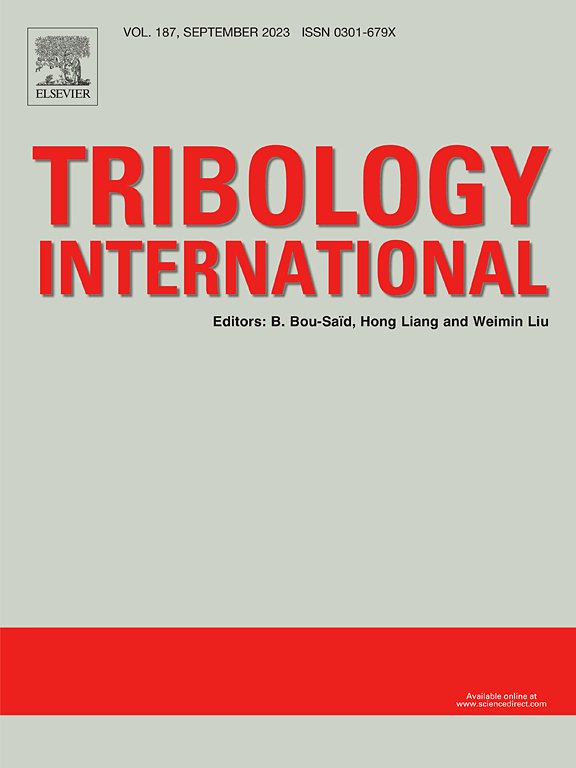A comprehensive review of ceramic additive manufacturing: Advancements in Direct Ink Writing (DIW) and tribological properties of 3D-printed ceramics
IF 6.1
1区 工程技术
Q1 ENGINEERING, MECHANICAL
引用次数: 0
Abstract
This paper provides an overview of the latest trends in 3D printing of ceramics, with a specific focus on the Direct Ink Writing (DIW) method and tribological considerations. DIW is a flexible and accurate method for depositing ceramic materials, allowing for detailed designs and geometric versatility. It has shown promise in a range of applications, from personalized medical implants to intricate architectural structures. To date, there is a notable absence of comprehensive surveys encompassing the tribological aspects of 3D-printed ceramics within academic discourse. A review paper addressing this gap would significantly contribute to the understanding of the tribological behaviour of 3D printed ceramics and provide valuable insights for further research in this domain. By reviewing recent literature and experimental results, this review intends to offer valuable insights into the latest advancements in ceramic 3D printing using the DIW method.
求助全文
约1分钟内获得全文
求助全文
来源期刊

Tribology International
工程技术-工程:机械
CiteScore
10.10
自引率
16.10%
发文量
627
审稿时长
35 days
期刊介绍:
Tribology is the science of rubbing surfaces and contributes to every facet of our everyday life, from live cell friction to engine lubrication and seismology. As such tribology is truly multidisciplinary and this extraordinary breadth of scientific interest is reflected in the scope of Tribology International.
Tribology International seeks to publish original research papers of the highest scientific quality to provide an archival resource for scientists from all backgrounds. Written contributions are invited reporting experimental and modelling studies both in established areas of tribology and emerging fields. Scientific topics include the physics or chemistry of tribo-surfaces, bio-tribology, surface engineering and materials, contact mechanics, nano-tribology, lubricants and hydrodynamic lubrication.
 求助内容:
求助内容: 应助结果提醒方式:
应助结果提醒方式:


